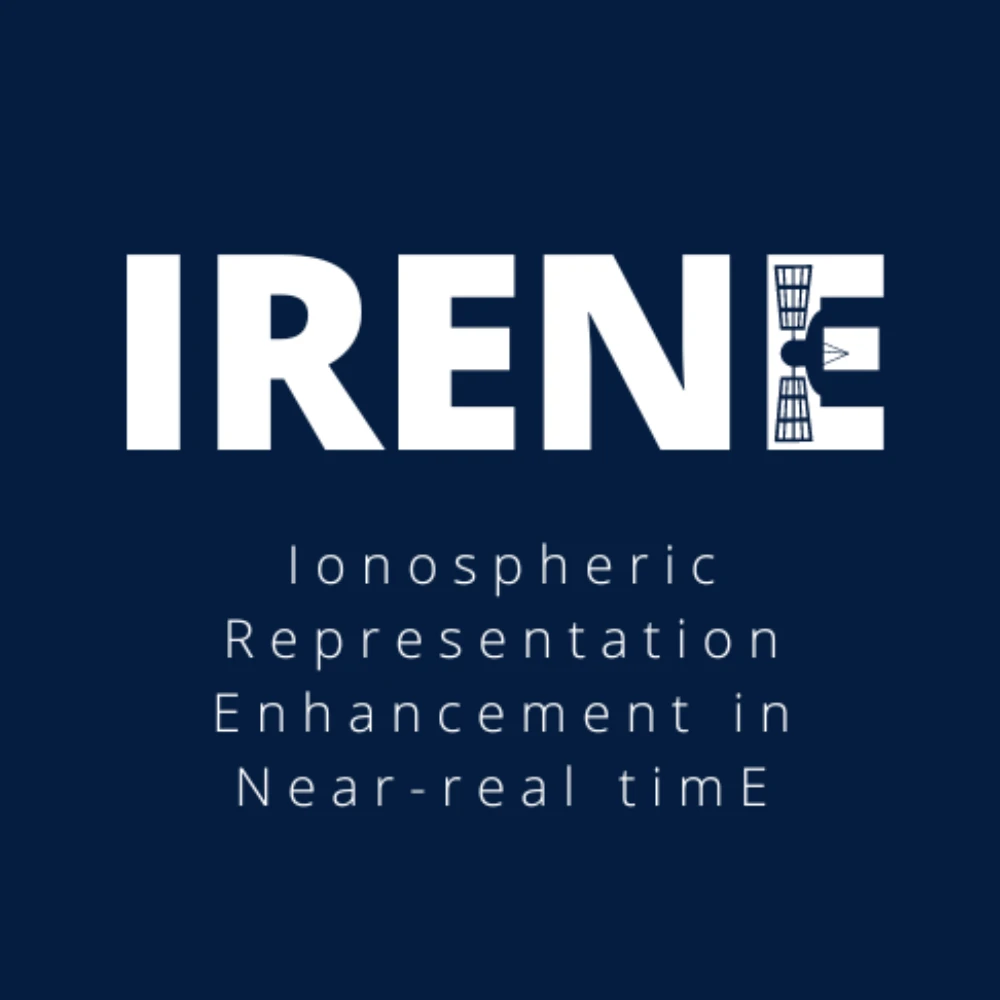IRENE – Ιonospheric Representation Enhancement in Near-real timE
Introduction and Scope:
This proposal focuses on advancing research and development (R&D) efforts in the field of ionospheric modeling, specifically targeting 3D Ionospheric Modeling within the European Space Agency’s (ESA) Space Situational Programme (SSA). Building upon the technological foundations laid by Frederick University, this project aims to address challenges identified in previous preparatory activities and enhance the European Ionosonde Service (EIS) system’s capabilities for nowcasting and forecasting ionospheric conditions over Europe.

Background:
The primary focus of this proposal arises from observations made during the PEIMSSA-CY2_11 project, indicating that sporadic E (Es) layers significantly impact the accuracy of ionospheric maps produced by the European Ionosonde Service (EIS) system, particularly during Summer months. These strong Es reflections hinder the ability of Digisondes to provide accurate readings, consequently affecting the reliability of the mapping process.
Technical Objectives:
- Develop and validate the Height-Time-Intensity (HTI) technique for detecting intermediate descending layers (IDL) of Es in ionograms.
- Refine the HTI algorithm to forecast increases in Es electron density (foEs) and blanketing Es frequency (fbEs) caused by IDL connections with lower Es layers.
- Test algorithm performance in near-real time using operational systems like the Nicosia Digisonde station.
- Collect and analyze high-quality datasets from collocated sources including FORMOSAT7/COSMIC2 (F7/C2) and Swarm missions along with ground-based Digisondes.
- Evaluate NeQuick topside model performance globally.
- Investigate and propose adjustments to NeQuick topside parameters, especially over low latitudes, to enhance its accuracy.
- Utilize simultaneous in-situ measurements from Swarm mission satellites to validate proposed adjustments.

Implementation Aspects:
-Bottomside Aspect: Utilize extensive datasets to develop algorithms for detecting and characterizing Es and IDL layers. Translate physical and technical requirements into specifications for sporadic E layer detection.
-Topside Aspect: Process RO datasets from the F7/C2 mission and in-situ measurements from Swarm satellites. Collocate these data with ground-based measurements for validation purposes and refine the NeQuick model.
Expected Outcomes:
-Improved detection and characterization of IDLs and Es layers.
-Validation and refinement of the NeQuick topside ionospheric model.
-Development of automated processes for ionospheric data analysis and application development.

Project Details
PARNERS
–
Funding programme:
–
